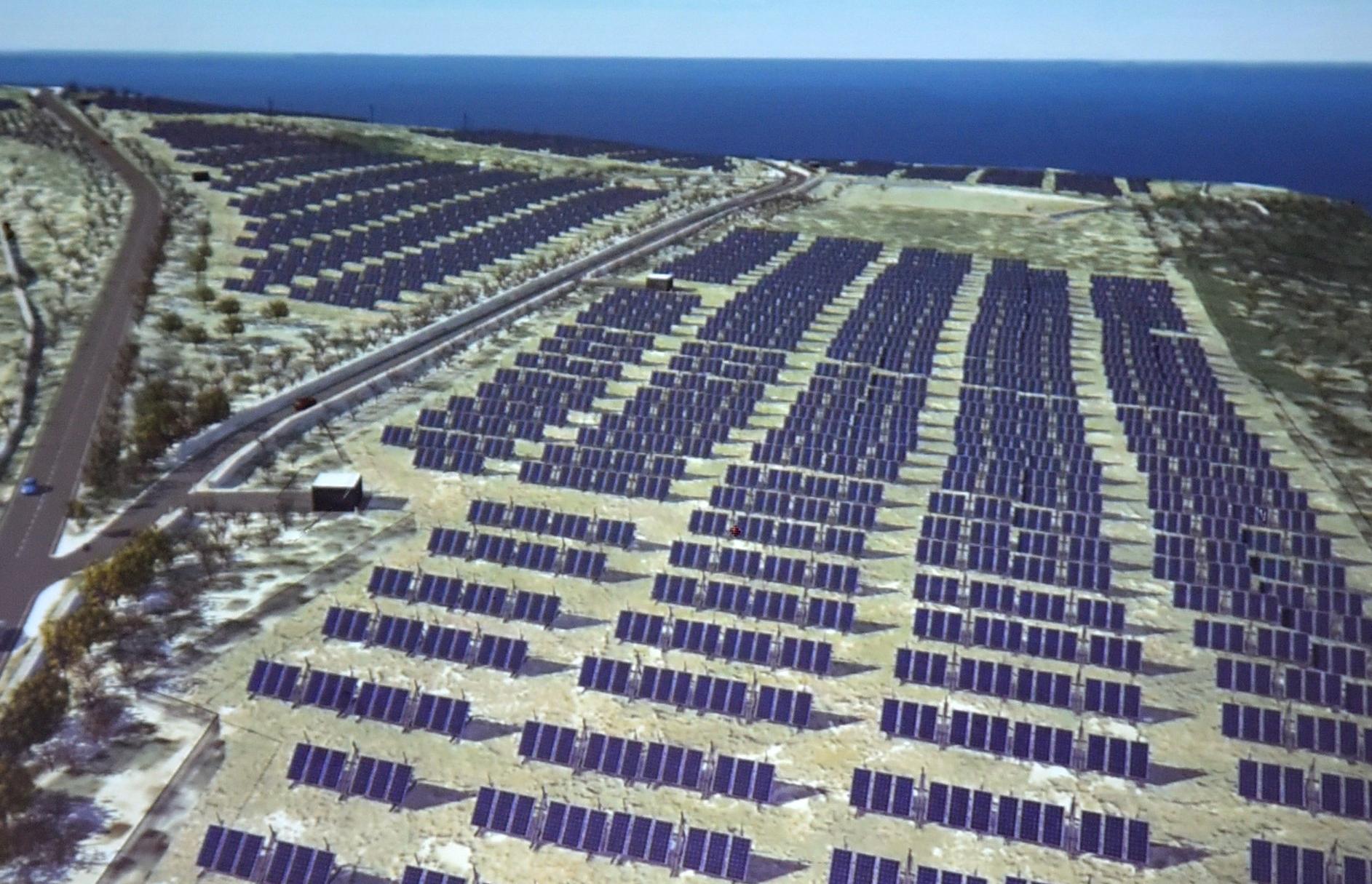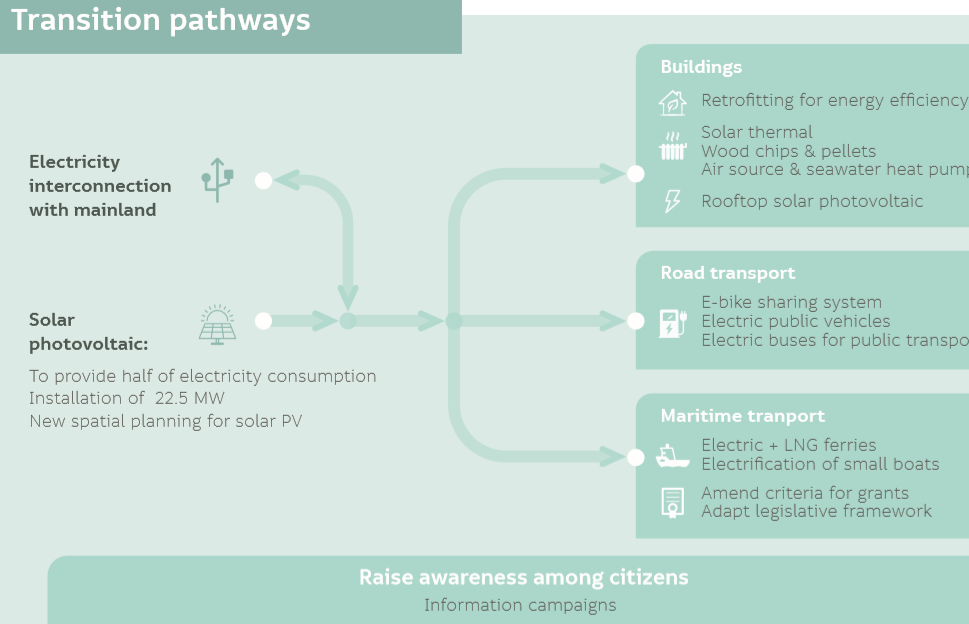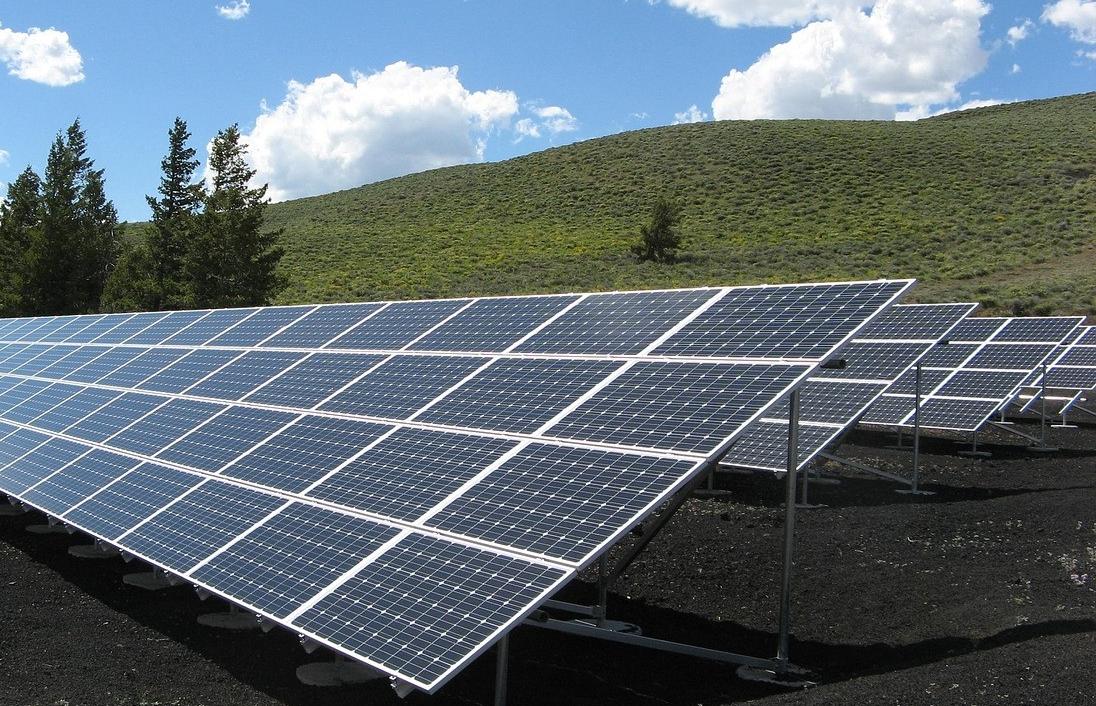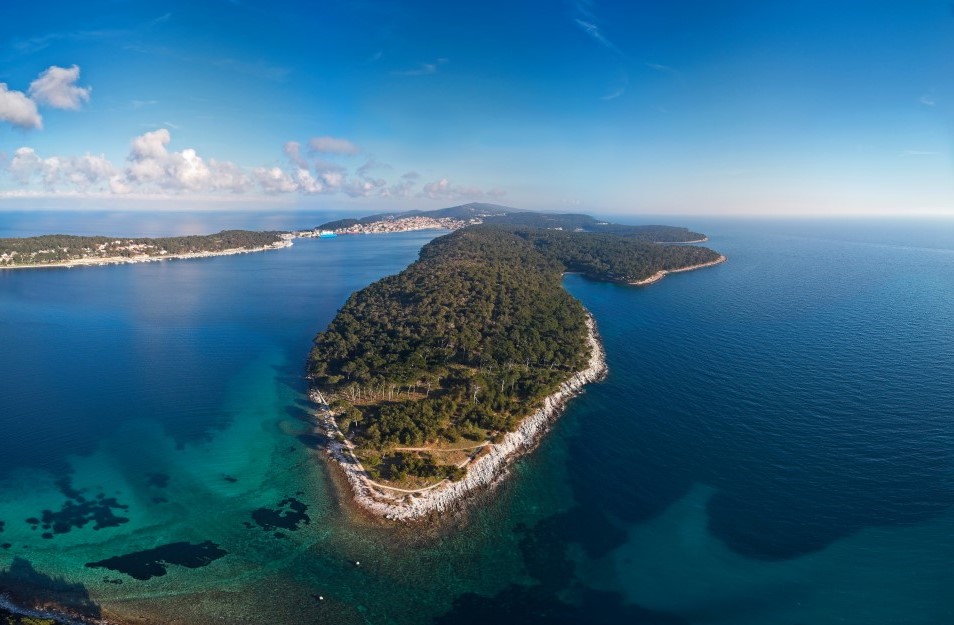
The Cres-Losinj archipelago, situated in the Kvarner Gulf in Croatia, is the largest archipelago in the Adriatic Sea. In ancient times, the islands of Cres and Lošinj were actually one big island. But as the small strip of land between the two islands was the fastest way to cross this region by ship, the channel of Osor was excavated during the Roman period in order to shorten the path to the open sea. Today, a bridge connects the two islands to form one unit.
A diverse group uniting around the clean energy transition
The archipelago consists of seven islands - Cres, Lošinj, Unije, Ilovik, Susak, Vele Srakane, Male Srakane - and numerous uninhabited islets and reefs. Taken together, the archipelago counts 36 islands, islets and reefs.
Cres is the largest island in the Adriatic, covering 405,78 km2, while the island of Lošinj is much smaller and covers 74,68 km2. The whole archipelago together has a land surface of 513 km2, which is 16% of the total surface area of all the Adriatic islands.
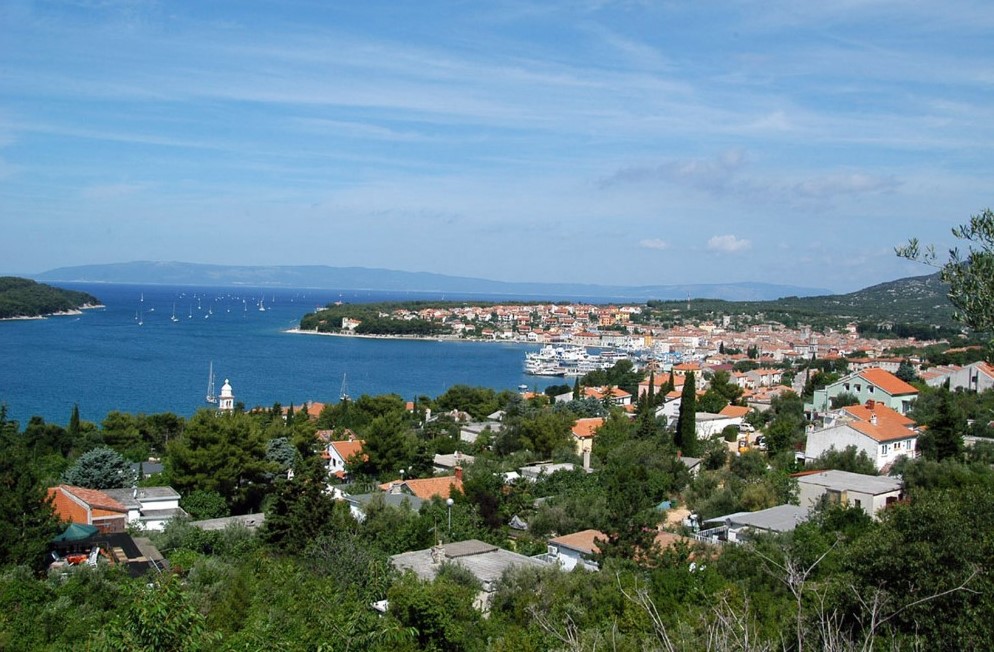
The municipalities of Cres and Lošinj share the authority over the archipelago. Cres includes 26 settlements with a total of 2,879 inhabitants, 80% of which live in the town of Cres. Lošinj has 14 settlements and population of 8,016 inhabitants. Seasonal activity can vary significantly in the archipelago, with up to 120.000 visits during the main season with daily peaks of up to 30,000 tourists.
Both islands are accessible by ferry from Brestova in Istria or Valbiska on the island of Krk.
One of the most amazing natural phenomena is that Cres has a freshwater lake - Vrana, which is a water resource for both islands. This enormous natural tank of fresh and healthy water contains more than 200 million m³ of water and supplies almost all the towns and villages on these two islands with fresh drinking water. Most of the other islands however need to import their drinking water by boat.
Energy demand on the islands is currently covered through connection with the mainland grid. The inhabited islands of the archipelago are interconnected through medium voltage subsea cables. Losinj and Cres are connected to the island of Krk with a high voltage (110 kV) and a medium voltage (35 kV) subsea cable. Krk is connected to the Croatian mainland with a 110 kV cable and a bridge.
However, with the local population and visitors increasing, it has become a challenge for the islands in the archipelago to satisfy their energy demand via the current connections.
How to meet rising energy demand in the archipelago
The whole archipelago has a great, yet unused potential for renewable energy. Some first steps have been taken by some actors. All the lighthouses today have installed solar PV panels. Further PV systems with a total power of 80kW have been installed on the local school, two private houses and one company (on the roof of its warehouse), all of which feed their electricity back into the grid. Some private households have invested in solar hot water systems and thermal solar panels.
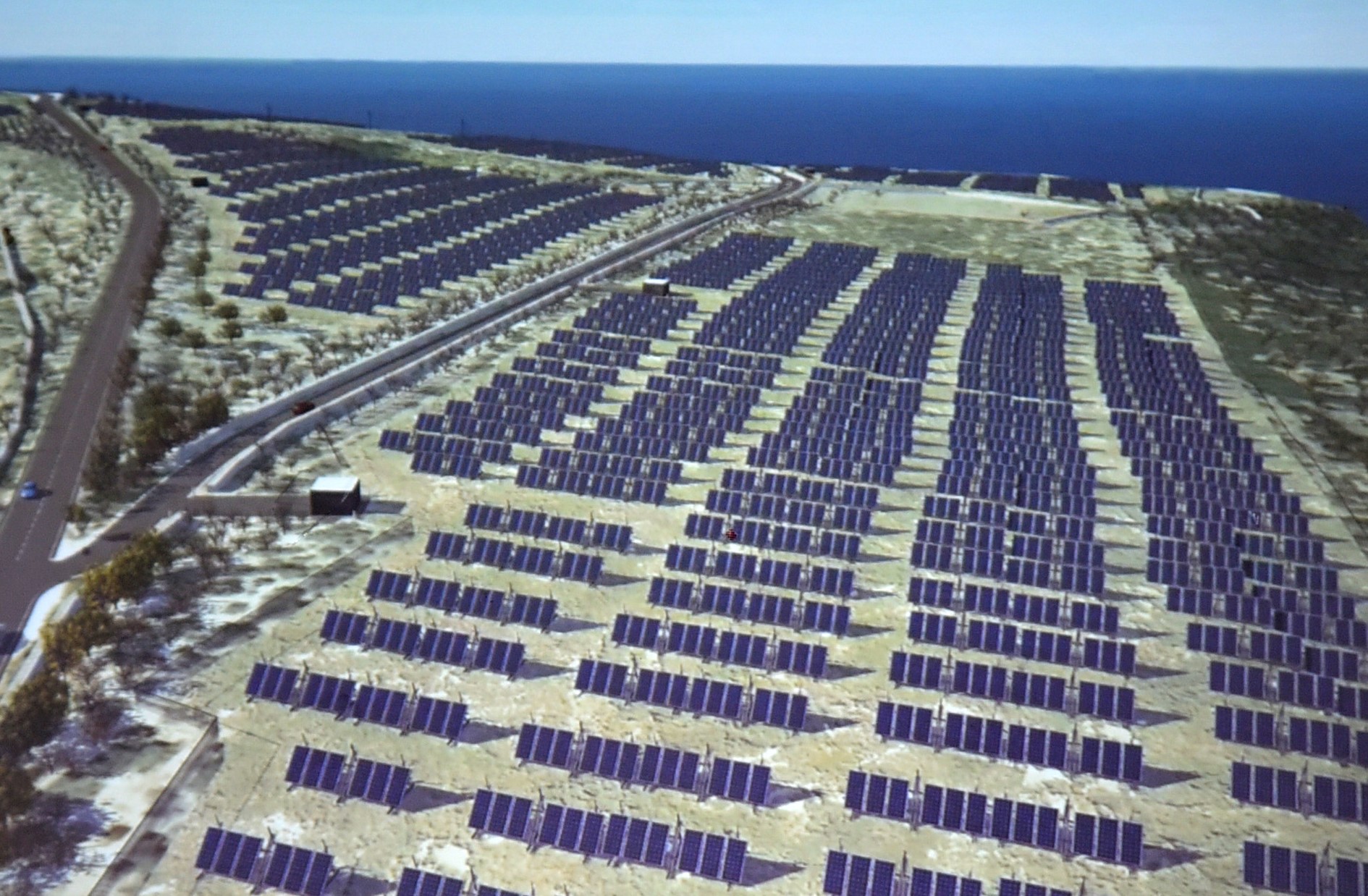
A development plan for the island of Lošinj emphasizes renewable energies as the key for future sustainability and development, targeting specifically public lighting and solar hot water systems. The plan sets strategic goals and foresees monitoring. It further takes into account measures to protect the local environment, including citizen education on renewable energy generation and the reduction of greenhouse gases.
Many of the public representatives, private companies and citizens on Cres and Lošinj confirmed their eagerness to launch a transition process towards clean energy for their archipelago, with the aim to reduce the island’s energy consumption and related costs, and improve the reliability of the grid. Particularly the larger and smaller local businesses and entrepreneurs see clean energy as a means to acquiring a competitive advantage and attracting “premium tourism” - visitors looking for a high level of sustainability. The objective of the island’s transition is to include citizens in this process, and to become an example of a sustainable island and its transformation.
The stakeholders of Cres-Lošinj have not yet formulated a detailed vision for their clean energy transition. The Clean Energy for EU Islands Secretariat will be working with the local community over the coming months to support the islands in their undertaking, and to develop a Clean Energy Transition Agenda by summer 2019.
Project-specific support provided by the EU Islands Secretariat
Cres Losinj requested a prefeasibility study on a biogas plant construction.
View the feasibility study here

